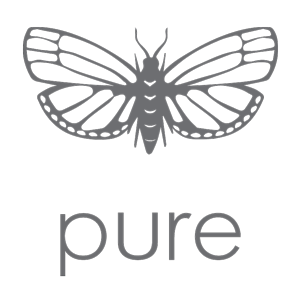British Baroque
The Stuarts were monarchs of Britain and Ireland from 1603 until the death of Queen Anne in 1714, excepting the interregnum of Oliver Cromwell.
The reign of Charles I (1625–49) was as exciting artistically as it was disastrous politically. The Flemish painter Peter Paul Rubens came to England, was knighted, and designed an elaborate ceiling that was installed at the Banqueting House at Whitehall. Another Flemish painter, Sir Anthony Van Dyck, followed Rubens and created an English portrait type that was to serve as the model for two centuries.
This was the age of the British Baroque, characterised by self-confidence, dynamism and a realistic approach to depiction.
Sir Christopher Wren presided over the genesis of the British Baroque manner, which differed from the continental models by clarity of design and subtle taste for classicism.
Following the Great Fire of London, Wren rebuilt fifty-three churches, his most ambitious and famous being St Paul's Cathedral (1675–1711), which bears comparison with the most resplendent domed churches of Italy and France.
The best known British Baroque painters include Mary Beale , Richard Gibson and Sir Godfrey Kneller.
Mary Beale (née Cradock; bapt. 26 March 1633 – bur. 8 October 1699) was an English portrait painter, and, along with Joan Carlile (c. 1606 – 1679) and Susan Penelope Rosse (c. 1655 – 1700), was part of a small group of female professional artists working in London at the time. Beale was the main bread winner for her family and was also a writer, whose prose Discourse on Friendship of 1666 presents a scholarly, uniquely female take on the subject.
Richard Gibson (1615-1690), known as "Dwarf Gibson", was a painter of portrait miniatures and a court dwarf.
Sir Godfrey Kneller, 1st Baronet (born Gottfried Kniller; 8 August 1646 – 19 October 1723), was the leading portrait painter in England during the late 17th and early 18th century, and was the court painter to Charles II and George I. His major works include The Chinese Convert (1687; Royal Collection, London); a series of four portraits of Isaac Newton; a series of ten reigning European monarchs and ten beauties of the court of William III.

